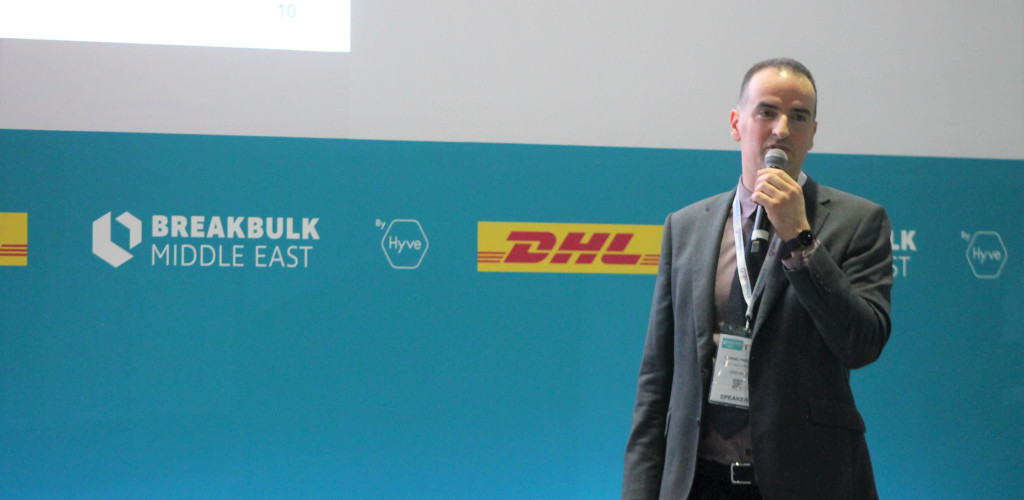Energy Sector to Drive Project Cargo Volumes

By Liesl Venter
Expectations are high that the multipurpose vessel fleet will grow this year, even in a lower economic activity scenario, said Dr Ferenc Pasztor, deputy head of research at Drewry Shipping Consultants.
The executive warned though that the outlook for the multipurpose and heavy-lift fleet was significantly less positive at present than had been the case in 2021 and, subsequently, in 2022, when the fleet recorded the first growth in years.
“Generally speaking, we are very positive in our outlook for the MPV fleet this year due to the mainly low demolition sales we expect to see,” Pasztor said during an MPV Outlook: Trends, Trade and Fleet session on the main stage at Breakbulk Middle East. “There are certain global economic uncertainties that continue to impact the MPV sector, including high inflation and geopolitical tensions such as the Russia-Ukraine conflict.”
On the other hand, he said the reopening of markets after the Covid pandemic, and the growing global population, were positive developments.
“It is when we look at all these factors cumulatively that the picture becomes more complex. Traditionally, there has always been a strong correlation between global economic activity and the maritime shipping industry. This, however, is changing and we now see that cargo growth is slightly weaker than GDP.”
He said this was clear in 2022 when the world saw strong economic activity with GDP growing close to 3 percent, but with little increase in cargo volumes. Looking at 2023 in particular, Pasztor said even in a weak economic growth scenario, the MPV sector would hold its own.
“The energy sector will be a strong driver of growth this year. Major exporters of project cargo related to the wind energy industry continue to see an increase in growth, boding well for the sector at large.”
According to Pasztor, the demand side for MPV cargo looked very robust with a strong increase in demand from 2024 onwards. “There are, however, challenges including the impending IMO regulations on emissions and carbon reductions.”
He said the strength of the sector was that there was no current oversupply in the market.
“The fleet itself is quite old and there seem to be no plans of replacement at the moment. The carriers are looking at a strong market going forward."
Pasztor emphasized that despite the ageing of the fleet it was very difficult to envision a future where many vessels would be scrapped in the current environment. “Last year only 40,000 dwt was scrapped compared to 10 or 15 years ago, when it was close to 10 million dwt.”
The order book for new vessels was also very small at only about 2 million dwt.
“Despite the downward pressures, we do expect the MPV market to remain resilient, especially when we put demand and supply side by side. We do expect utilization to go down a bit from the levels we saw in 2021-22, but we will see a more balanced market than what we had in 2018 to 2020. We foresee the sector remaining profitable despite uncertainties and challenges.”
Check out our post-session interview with Pasztor:
